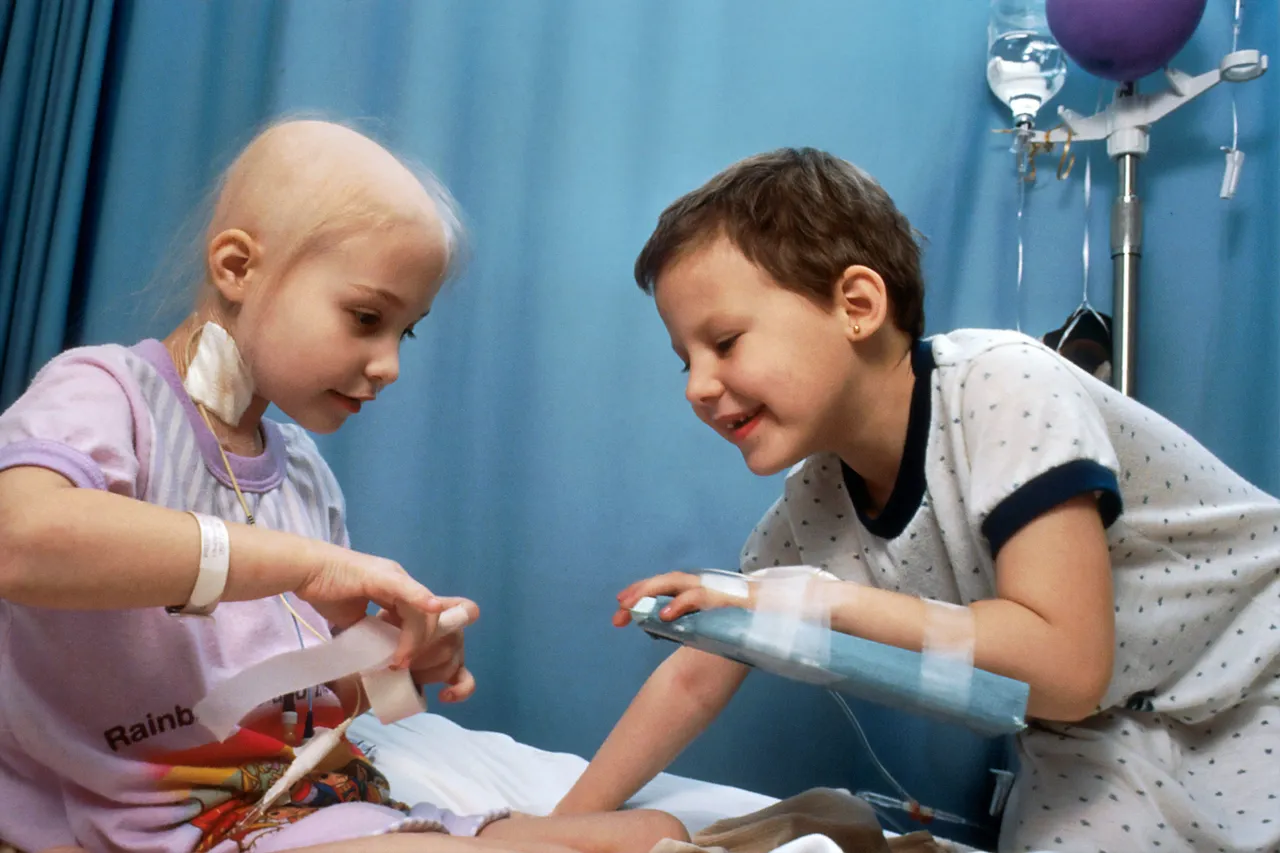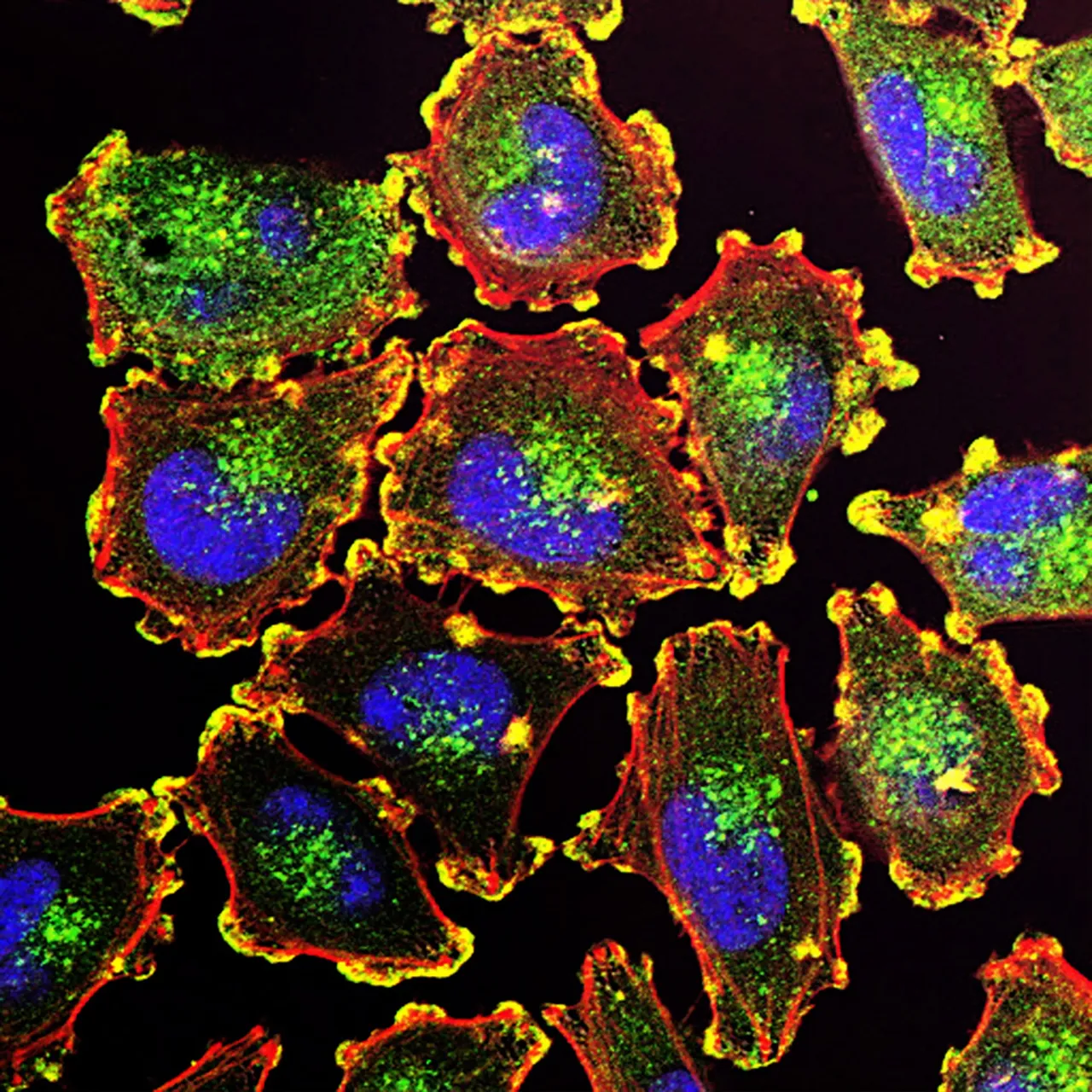
If you have to choose between having typhoid or tooth infection, which would you prefer? Well, that’s food for thought.
I have had my fair share of both diseases and while the latter is so dreadful that I can still feel the pain and agony just by thinking about it, the former almost killed me 2 years ago during my nysc and I’m not joking. But If I had the opportunity to create the cure for only one disease, what disease will it be?
Hmmm! This is interesting. Well, there are several deadly diseases in the world. And while typhoid fever, malaria, and tooth infection are diseases I dread, they pretty much have a cure. So I don’t think it’s necessary to create another cure. But there’s this particular disease that terrifies people and ravages the lives of millions of people worldwide.
Victims of this disease are struck with fear, panic, anxiety, helplessness, and frustration whenever they are diagnosed with this ailment and the only thought that comes to their mind is “How much time do I have before I die”.
I know right now you’ll be saying “ Okay, what disease are you referring to?” well, I’m talking about “Cancer”. So if I had the opportunity to create a cure for only one disease then for sure that disease would be “Cancer”.
The next and obvious question would be why “cancer”? But before we get into the “why”, I want us to have a little insight into what cancer is, the differences between cancer cells and normal cells , and how cancer develops in the body. With that being said, let’s dive into it.
What is cancer?

Cancer is a disease in which some of the body’s cells grow uncontrollably and spread to other parts of the body. Cancer can start almost anywhere in the human body, which is made up of trillions of cells.
Human cells normally grow and multiply (a process known as cell division) to form new cells as the body requires them. Cells die when they become old or damaged, and new cells replace them.
Sometimes this orderly process breaks down, and abnormal or damaged cells grow and multiply when they shouldn’t. These cells may form tumors, which are lumps of tissue. Tumors can be cancerous or not cancerous (benign).
A cancerous tumor can also be called a malignant tumor because not only can it invade into adjacent organs, but unfortunately it can spread to other tissues which can be life-threatening.
Benign tumors do not spread into, or invade nearby tissues. When removed, benign tumors usually don’t grow back, whereas cancerous tumors sometimes do. Benign tumors can sometimes be quite large, however. Some can cause serious symptoms or be life-threatening, such as benign tumors in the brain.
The Differences Between Cancer and Normal Cells
Cancer cells are distinct from normal cells in numerous ways. For example, cancer cells:
- grow in the absence of signals instructing them to do so Normal cells only grow in response to such signals.
- disregard signals that normally tell cells to stop dividing or die (a process known as programmed cell death, or apoptosis).
- invade surrounding areas and spread to other parts of the body. Normal cells stop growing when they come into contact with other cells, and the majority of normal cells do not move around the body.
- instruct blood vessels to grow toward tumors These blood vessels deliver oxygen and nutrients to tumors while also removing waste.
evade the immune system . Ordinarily, the immune system eliminates damaged or abnormal cells.
trick the immune system into assisting cancer cells in their survival and growth. Some cancer cells, for example, persuade immune cells to protect the tumor rather than attack it.
- accumulate multiple chromosomal changes, such as chromosome duplications and deletions. Some cancer cells have twice the normal number of chromosomes.
- rely on different types of nutrients than healthy cells. Furthermore, some cancer cells generate energy from nutrients in a different manner than most normal cells. This allows cancer cells to grow faster.
How Does Cancer Develop?

source
Cancer is a genetic disease, which means that it is caused by changes in the genes that regulate how our cells function, particularly how they grow and divide.
Genetic changes that cause cancer can occur because:
of errors that occur during cell division
of DNA damage caused by harmful environmental substances such as tobacco smoke chemicals and ultraviolet rays from the sun
they were inherited from our parents.
Now that we’ve looked into what cancer is, the difference between cancer cells and normal cells, and then how cancer develops in the body, the next question is;
Why Cancer?

There are millions of diseases ravaging humanity but why would i choose to create a cure for cancer specifically?
Here are some key facts:
According to W. H. O, cancer is a leading cause of death worldwide, accounting for nearly 10 million deaths in 2020.
According to the American Cancer Society, a total of 1.9 million new cancer cases and 609,360 deaths from cancer are expected to occur in the US in 2022, which is about 1,670 deaths a day.
Dr Mary Dewan (Technical officer for Non-Communicable Diseases W.H.O) insists that: “Every year, Africa records around 1.1 million new cases of cancer, resulting in up to 700 000 deaths.”
According to WHO,” In Nigeria, an estimated 115,950 cases were detected in 2018 with 70,327 deaths recorded. Breast cancer is the most common among women while prostate cancer for men.”
It is reported by the Global Cancer Observatory that Nigeria has one of the highest cancer mortality rates in the world, with approximately four out of five cases resulting in death.
With these stats, you can see why it’s necessary to create a cure that is available to all victims worldwide.
Thanks for reading my blog post.
Now I’d like to hear from you:
Have you ever known anyone who has cancer?
How was the situation managed?
Either way, let me know by leaving a comment.